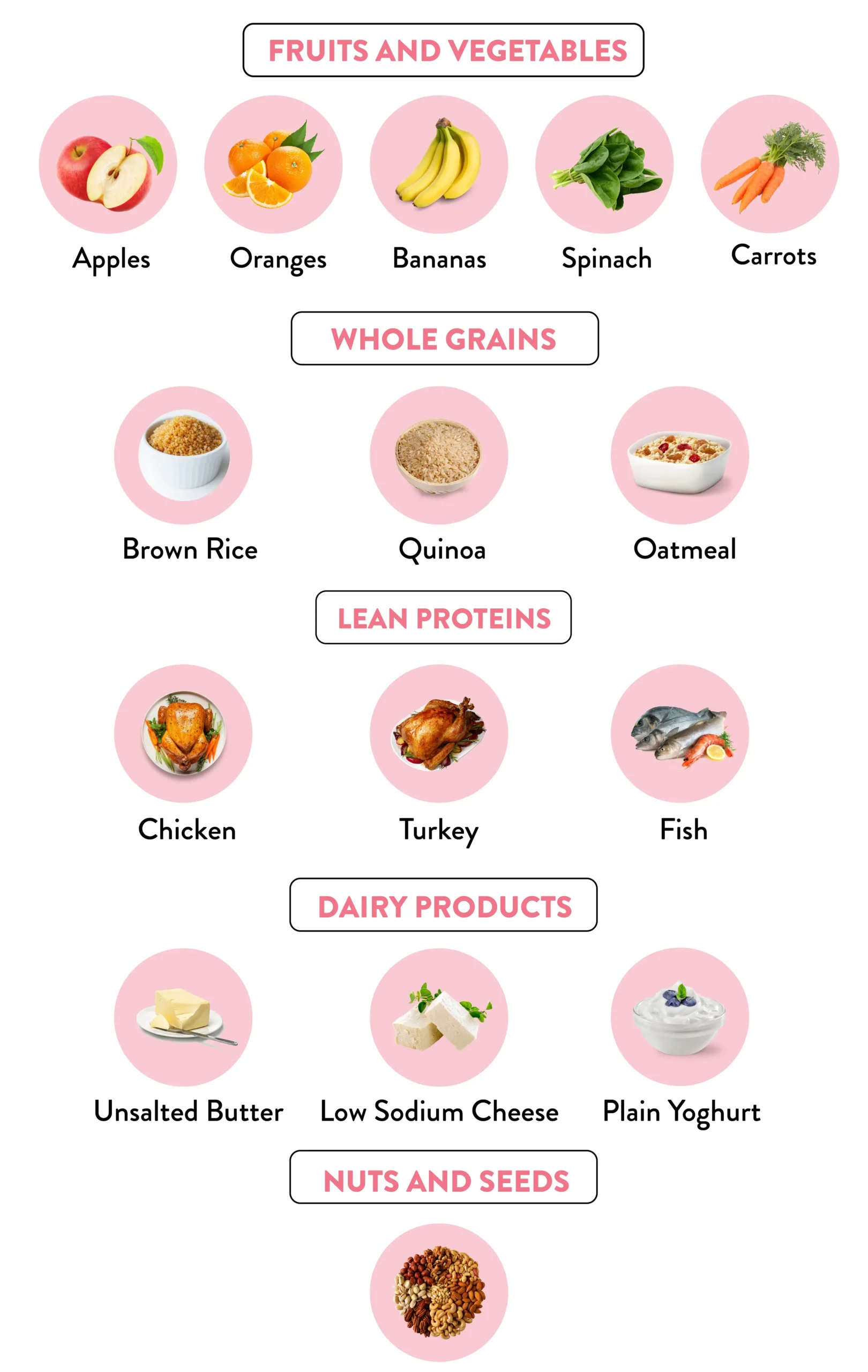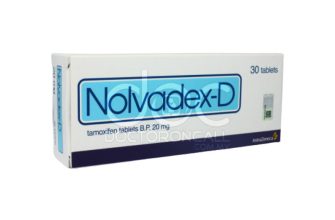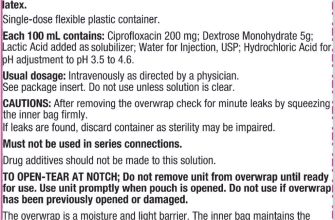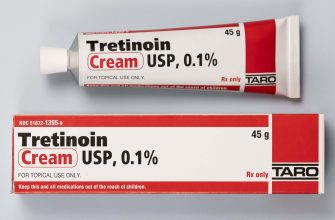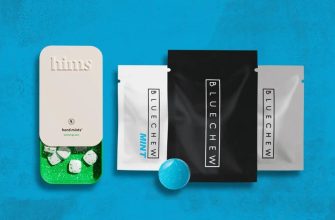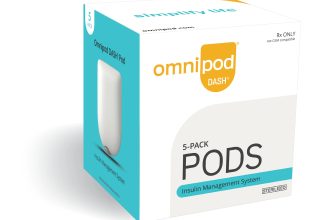Reduce your daily sodium intake to 2,300 milligrams or less. This simple change significantly impacts your health. Aim for 1,500 milligrams if you’re over 51, African American, or have high blood pressure, diabetes, or chronic kidney disease. This targeted approach maximizes benefits for specific groups.
Swap processed foods for fresh ingredients. Processed foods are major sodium culprits. Replace canned soups with homemade versions using low-sodium broth, and opt for fresh vegetables instead of salty snacks. This switch delivers a flavor boost and reduces sodium consumption.
Read food labels carefully. Check the sodium content per serving. Many foods contain more sodium than expected. Pay close attention to hidden sodium in condiments, bread, and sauces. This awareness helps you make informed decisions.
Experiment with herbs and spices! Enhance the flavor of your meals with fresh herbs and spices instead of relying on salt. Explore diverse flavors – garlic, onion powder, pepper, cumin, and paprika offer incredible possibilities for culinary creativity.
Cook more meals at home. Home cooking allows better control over sodium content. You can precisely adjust seasonings to your preferences. This control directly impacts your health goals.
- Low Sodium Diet Plan: A Comprehensive Guide
- Understanding Sodium and Its Impact on Your Health
- Essential Grocery Shopping List for a Low-Sodium Diet
- Produce & Proteins
- Other Considerations
- Sample Low-Sodium Meal Plan for a Week
- Monday
- Tuesday
- Wednesday
- Thursday
- Friday
- Saturday
- Sunday
- Low Sodium Cooking Techniques and Recipe Adaptations
- Monitoring Your Progress and Addressing Challenges
- Blood Pressure Monitoring
- Managing Cravings and Challenges
- Seeking Support
- Addressing Plateauing
Low Sodium Diet Plan: A Comprehensive Guide
Limit your daily sodium intake to less than 2,300 milligrams. Aim for 1,500 milligrams if you have high blood pressure, heart failure, or kidney disease.
Read food labels carefully. Pay close attention to the “sodium” content listed in milligrams per serving, and consider the serving size. Many processed foods are surprisingly high in sodium.
Choose fresh fruits, vegetables, and whole grains. These foods are naturally low in sodium.
Prepare meals at home more often. This allows you to control the amount of salt you add. Experiment with herbs, spices, and lemon juice to flavor your food instead of relying on salt.
Limit processed meats like bacon, sausage, and deli meats. These are often high in sodium. Choose leaner protein sources such as chicken breast, fish, and beans.
Reduce your intake of canned soups and vegetables. Look for low-sodium options or rinse canned goods thoroughly under cold water to reduce sodium levels.
Be mindful of condiments. Ketchup, soy sauce, and salad dressings often contain significant amounts of sodium. Use them sparingly or opt for low-sodium alternatives.
Drink plenty of water. Staying hydrated helps your kidneys flush out excess sodium.
Consult a doctor or registered dietitian. They can create a personalized low-sodium meal plan tailored to your specific health needs and preferences.
Gradually reduce your sodium intake. Making sudden, drastic changes can be difficult to maintain. Start by making small, manageable changes over time.
Monitor your blood pressure regularly. This helps you track your progress and make adjustments to your diet as needed. Keeping a food diary can also help you identify high-sodium culprits in your diet.
Understanding Sodium and Its Impact on Your Health
Aim for less than 2,300 milligrams (mg) of sodium per day – that’s about one teaspoon of table salt. Higher intake increases your risk of high blood pressure.
High blood pressure silently damages your blood vessels, increasing your chance of heart attack and stroke. These conditions claim millions of lives annually.
Sodium’s effect on blood pressure stems from its role in fluid balance. Excess sodium retains water, elevating blood volume and pressure.
Processed foods are major sodium culprits. Check nutrition labels carefully; a single serving can easily exceed your daily limit.
Reduce sodium intake gradually. Your taste buds adjust, making less salty food palatable over time. Start by cutting back on salt when cooking.
Fresh fruits, vegetables, and whole grains are naturally low in sodium and rich in potassium, which helps counter sodium’s effects.
Regular exercise and maintaining a healthy weight also contribute to healthy blood pressure. These lifestyle changes complement a low-sodium diet.
Consult your doctor or a registered dietitian. They can create a personalized low-sodium diet plan tailored to your specific health needs and preferences.
Essential Grocery Shopping List for a Low-Sodium Diet
Stock your pantry with these low-sodium staples: Whole grains like brown rice and quinoa, providing fiber and complex carbohydrates. Choose unsalted nuts (almonds, walnuts) and seeds (chia, flax) for healthy fats and protein. Dried beans (kidney, black, pinto) offer inexpensive protein and fiber. Unsalted vegetable broth forms the base for many savory dishes. Look for spices like garlic powder, onion powder, black pepper, paprika, and cumin to add flavor without sodium.
Produce & Proteins
Fill your fridge with fresh fruits and vegetables. Berries, bananas, apples, and oranges provide natural sweetness. Leafy greens like spinach and kale are nutrient-rich. Opt for fresh herbs like parsley, cilantro, and basil. Lean protein sources include chicken breast (without added sodium), fish (salmon, tuna), and extra-lean ground turkey. Eggs are a versatile and affordable protein choice.
Other Considerations
Read labels diligently! Check for “no salt added” or “low sodium” designations. Unsalted butter and olive oil are healthier fat options. Consider low-sodium canned goods, but rinse them thoroughly before use to remove excess sodium. Prepare meals from scratch whenever possible, giving you complete control over sodium levels. Enjoy your delicious and healthy low-sodium meals!
Sample Low-Sodium Meal Plan for a Week
This plan provides approximately 1500mg of sodium daily. Adjust portion sizes to meet your individual caloric needs. Remember to always check food labels!
Monday
- Breakfast: Oatmeal (made with water, not broth), 1/2 cup berries, a sprinkle of cinnamon
- Lunch: Large salad with grilled chicken breast (no added salt), mixed greens, cherry tomatoes, cucumber, and a lemon vinaigrette.
- Dinner: Baked salmon (no added salt), 1/2 cup steamed broccoli, 1/2 cup brown rice.
Tuesday
- Breakfast: Scrambled eggs (2), whole-wheat toast (1 slice), avocado (1/4).
- Lunch: Leftover baked salmon and vegetables.
- Dinner: Chicken stir-fry with lots of fresh vegetables (broccoli, peppers, carrots, onions) and a low-sodium soy sauce substitute.
Wednesday
- Breakfast: Greek yogurt (plain, low-fat), 1/4 cup chopped walnuts, a few sliced bananas.
- Lunch: Turkey breast sandwich on whole-wheat bread (low-sodium deli turkey), lettuce, tomato.
- Dinner: Lentil soup (homemade, without added salt), a side of whole-grain bread (1 slice).
Thursday
- Breakfast: Whole-wheat pancakes (made with unsweetened applesauce instead of oil), berries.
- Lunch: Leftover lentil soup.
- Dinner: Chicken breast (baked, no added salt), sweet potato, green beans.
Friday
- Breakfast: Smoothie with spinach, banana, berries, and unsweetened almond milk.
- Lunch: Salad with chickpeas, cucumber, tomatoes, and a lemon-herb dressing.
- Dinner: Pork tenderloin (roasted, no added salt), roasted asparagus, quinoa.
Saturday
- Breakfast: Scrambled eggs (2), whole-wheat toast (1 slice), tomato.
- Lunch: Leftover pork tenderloin and vegetables.
- Dinner: Vegetarian chili (made with low-sodium beans and tomatoes).
Sunday
- Breakfast: Oatmeal (made with water), fruit (1/2 cup).
- Lunch: Tuna salad sandwich (made with low-sodium tuna, light mayo) on whole-wheat bread, lettuce.
- Dinner: Baked chicken breast (no added salt), mashed sweet potato, steamed carrots.
This is a sample plan; feel free to adapt it to your preferences using low-sodium ingredients. Consult a doctor or registered dietitian for personalized dietary advice.
Low Sodium Cooking Techniques and Recipe Adaptations
Boost your flavor without the salt! Here’s how:
- Embrace Herbs and Spices: Experiment generously! Fresh herbs like basil, oregano, thyme, and rosemary pack a punch. Turmeric, cumin, coriander, and paprika add depth and complexity. A pinch of cayenne pepper provides a surprising warmth.
- Use Citrus Fruits: Lemon, lime, and orange juice brighten dishes instantly. Their acidity balances flavors beautifully, reducing the need for salt. Zest adds another layer of aroma and taste.
- Infuse Your Cooking Liquids: Enhance broths and sauces by simmering them with aromatics like garlic, onions, carrots, and celery. These impart subtle, savory notes. For extra depth, add bay leaves, peppercorns, or star anise.
- Increase Umami: Mushrooms, tomatoes, and soy sauce (use low-sodium varieties) contribute a savory “umami” flavor that satisfies your taste buds without relying on salt. Parmesan cheese (in moderation) also adds umami.
Adapting your favorite recipes is easier than you think:
- Reduce Salt Gradually: Don’t eliminate salt entirely at once. Gradually decrease the amount in your recipes over time to allow your palate to adjust.
- Experiment with Salt Substitutes: Potassium chloride-based substitutes can replace some salt. However, always check the ingredients and use sparingly, as some individuals need to limit potassium intake.
- Rinse Canned Goods: Draining and rinsing canned beans, vegetables, and tuna removes a significant amount of sodium.
- Choose Low-Sodium Ingredients: Opt for low-sodium broths, sauces, and condiments whenever possible. Many brands now offer reduced-sodium options.
Remember to read food labels carefully! Many processed foods contain surprising amounts of hidden sodium. Cooking at home gives you complete control over your ingredients and your sodium intake.
Monitoring Your Progress and Addressing Challenges
Track your sodium intake daily using a food diary or app. Aim for consistency; this allows you to identify patterns and adjust your diet accordingly. Weigh yourself weekly to monitor fluid retention changes, a common side effect of high sodium consumption. Remember, weight fluctuations are normal, but significant changes warrant a doctor’s consultation.
Blood Pressure Monitoring
Regularly check your blood pressure. Consistent readings above your target range indicate the need for dietary adjustments or a discussion with your doctor. Aim for at least twice-weekly measurements; more frequent checks might be needed depending on your doctor’s advice.
Managing Cravings and Challenges
Sodium cravings are common. Combat them with healthy, low-sodium alternatives. Satisfy salty cravings with unsalted nuts, air-popped popcorn, or vegetables seasoned with herbs and spices. Experiment with different spice blends to add flavor without salt.
| Challenge | Solution |
|---|---|
| Restaurant meals | Order dishes prepared without added salt, and ask for sauces and dressings on the side. |
| Processed foods | Choose fresh, whole foods whenever possible. Carefully check nutrition labels for sodium content. |
| Hidden sodium | Become familiar with common sources of hidden sodium, such as bread and condiments. |
Seeking Support
Don’t hesitate to seek support from a registered dietitian or nutritionist. They can provide personalized guidance, create a meal plan tailored to your needs, and help you overcome challenges. Consider joining a support group for added encouragement and shared experiences.
Addressing Plateauing
If your progress plateaus, reassess your diet. Are you accurately measuring sodium intake? Are you consistently following your plan? If so, consider consulting your healthcare provider to rule out underlying medical conditions influencing your sodium levels or blood pressure. Small adjustments, consistently applied, usually yield better results than drastic changes.

